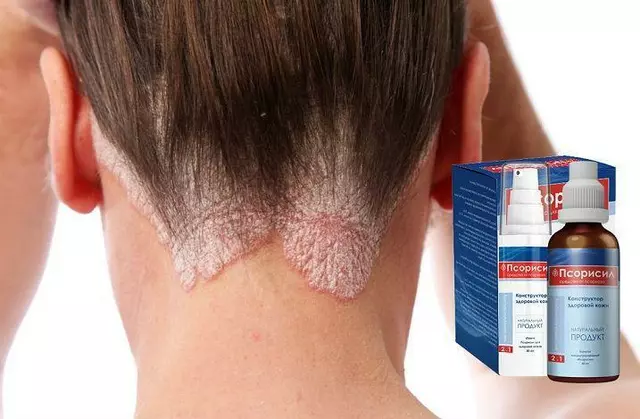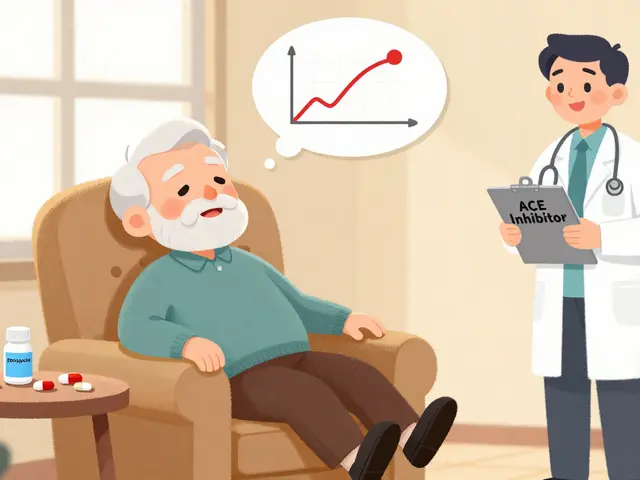Hyperpigmentation: What It Is and How to Fade Dark Spots
Ever glance at your skin and notice a patch that's darker than the rest? That’s hyperpigmentation – basically, an over‑production of melanin that leaves brown, red, or gray spots. It’s super common and can show up after a breakout, a sunburn, or even just with age. The good news? You don’t need a dermatologist for every spot; many fixes work right at home.
Common Triggers You Should Know
First, let’s figure out why those spots appear. The biggest culprits are:
- Sun exposure: UV rays crank up melanin production, especially on uncovered skin.
- Acne breakouts: When a pimple heals, it can leave a dark mark, known as post‑inflammatory hyperpigmentation (PIH).
- Hormonal changes: Pregnancy, birth control, or thyroid shifts can trigger melasma, a type of hyperpigmentation that often shows on the face.
- Skin injuries: Cuts, burns, or even hair removal can darken the area as it heals.
Knowing the trigger helps you pick the right treatment and avoid making it worse. For example, if the sun is the main offender, sunscreen becomes your best friend.
Effective Treatment Options
Now, let’s talk solutions. You don’t have to spend a fortune; many over‑the‑counter (OTC) products and simple habits can lighten spots.
1. Sun protection: Use a broad‑spectrum SPF 30 or higher every day, even when it’s cloudy. Reapply every two hours if you’re outdoors.
2. Topical ingredients: Look for creams with one of these actives:
- **Hydroquinone** – the gold standard, but keep use under 3 months unless a doctor says otherwise.
- **Vitamin C** – brightens and protects against future sun damage.
- **Niacinamide** – reduces melanin transfer and soothes skin.
- **Alpha hydroxy acids (AHA)** – help exfoliate the top layer, encouraging new, even skin.
- **Retinoids** – speed up cell turnover, but start slow to avoid irritation.
Apply these at night unless the label says it’s safe for daytime. Always follow with moisturizer.
3. At‑home chemical peels: Low‑strength glycolic or lactic acid peels can fade spots in a few weeks. Follow the instructions carefully and don’t over‑peel.
4. Natural remedies: Some people see mild improvement with aloe vera gel, green tea extract, or licorice root extract. These are safe but usually slower than chemical actives.
5. Professional help: If OTC stuff isn’t cutting it, a dermatologist can offer stronger options like prescription‑strength hydroquinone, laser therapy, or microneedling. These are pricier but often faster.
Quick tip: mix any new product with a tiny amount of moisturizer for the first few days. This reduces irritation while your skin gets used to the active ingredient.
Remember, results take time. Most people see a visible lightening after 4‑8 weeks of consistent use. Patience and routine are key.
In short, hyperpigmentation is just your skin’s response to a trigger, and you have plenty of tools to calm it down. Stick to sunscreen, pick the right active ingredients, and give them a few weeks to work. If you’re still stuck, a quick chat with a dermatologist can point you toward stronger, targeted treatments. Your skin will thank you for the TLC!
Learn what causes mottled skin discoloration as we age and discover practical steps-daily habits, topical treatments, and professional options-to keep your complexion even and youthful.
View Details

